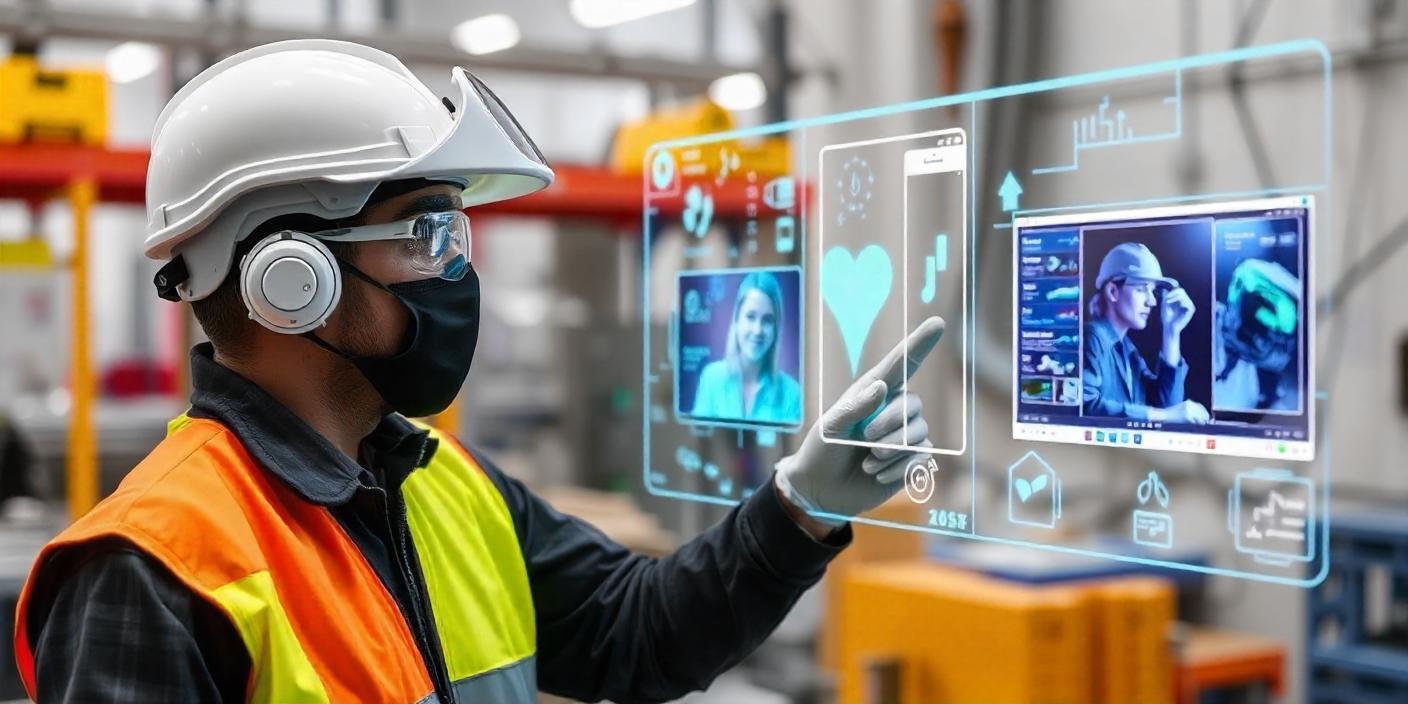Introduction
In 2024, the landscape of Health, Safety, and Environment (HSE) is experiencing a transformative shift driven by the integration of advanced visual communication tools. These tools are enhancing HSE protocols across industries by providing clearer, more actionable insights into safety procedures, environmental regulations, and health practices. As organizations increasingly prioritize the well-being of their workforce and the environment, visual communication has become a cornerstone in modernizing and streamlining HSE practices. From real-time monitoring and augmented reality (AR) to interactive data visualizations and virtual training modules, visual tools are playing a pivotal role in shaping the future of HSE.
1. Augmented Reality (AR) for Safety Training and Procedures
Augmented Reality (AR) is revolutionizing safety training and procedural compliance by overlaying digital information onto the physical world. This technology allows employees to visualize and interact with safety protocols and environmental regulations in real time, enhancing their understanding and retention of crucial information.
AR applications are particularly beneficial in high-risk industries such as construction, manufacturing, and oil & gas. For example, AR safety training programs provide immersive simulations of hazardous scenarios, allowing workers to practice emergency responses without actual risk. RealWear, a company specializing in AR solutions, offers head-mounted devices that display safety instructions and procedural guides directly in the worker’s field of view RealWear AR Solutions.
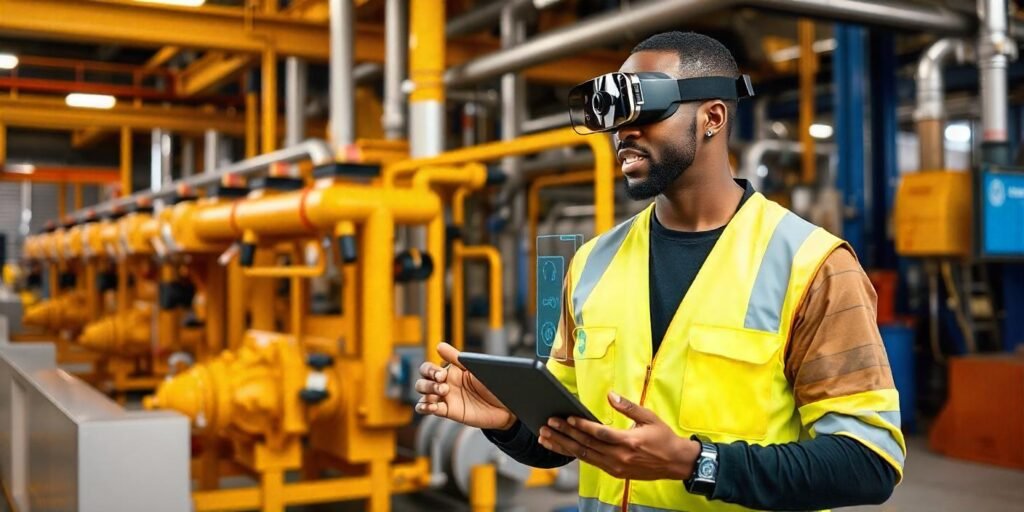
Additionally, AR can assist in hazard identification and risk assessment by overlaying safety warnings and procedural steps on physical equipment and environments. This real-time guidance helps prevent accidents and ensures compliance with safety regulations.
2. 3D Visualization for Hazard Simulation and Emergency Response
3D visualization tools are enhancing HSE practices by creating detailed simulations of hazardous environments and emergency scenarios. These simulations allow organizations to model and analyze potential risks, plan effective responses, and train employees in a controlled setting.
For instance, Safety Simulation platforms use 3D technology to replicate hazardous conditions such as chemical spills, fires, and structural failures Safety Simulation. These simulations provide a realistic training experience, helping employees understand the dynamics of emergency situations and the appropriate response actions.
3D visualization also aids in designing safer work environments by allowing HSE professionals to visualize potential hazards and evaluate the effectiveness of safety measures before implementation. This proactive approach helps identify and mitigate risks, improving overall safety.
3. Interactive Data Visualization for Real-Time Monitoring
Interactive data visualization tools are crucial for real-time monitoring and analysis of health, safety, and environmental data. These tools transform raw data into visual formats such as dashboards, heatmaps, and charts, making it easier to track key metrics, identify trends, and make informed decisions.
Dashboard tools like Tableau and Power BI are widely used in HSE management to monitor safety performance, environmental impact, and health indicators Tableau HSE Dashboards. These platforms provide real-time updates on safety incidents, environmental conditions, and compliance status, enabling quick responses to emerging issues.
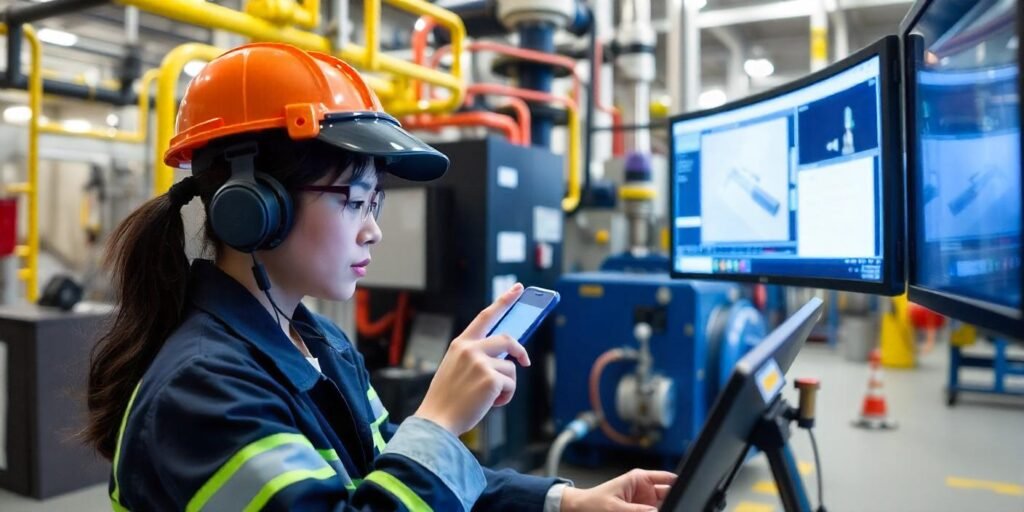
Interactive visualizations also facilitate communication between HSE teams and other stakeholders by presenting complex data in an accessible and actionable format. This clarity helps in aligning safety objectives, improving reporting accuracy, and enhancing overall transparency.
4. Virtual Reality (VR) for Immersive Safety Training
Virtual Reality (VR) is another powerful tool for HSE training, offering an immersive learning experience that simulates real-world scenarios. VR training programs create a safe and controlled environment for employees to practice safety procedures, learn about environmental regulations, and experience emergency situations.
VR training modules are used in various industries to simulate dangerous conditions such as confined spaces, high-voltage environments, and hazardous material handling VR Training Modules. By immersing trainees in realistic scenarios, VR enhances their ability to respond effectively to emergencies and reinforces the importance of safety protocols.

Moreover, VR can be used to conduct virtual site inspections, allowing HSE professionals to evaluate potential hazards and ensure compliance without physically visiting the site. This approach saves time, reduces costs, and enhances safety.
5. Infographics for Simplifying Complex HSE Information
Infographics are an effective way to convey complex HSE information in a clear and visually engaging manner. By combining text, images, and data, infographics simplify intricate safety procedures, environmental regulations, and health guidelines, making them more accessible to employees and stakeholders.
For example, Infogram and Canva are popular tools for creating custom infographics that highlight key safety measures, environmental impact, and health tips Infogram HSE Infographics. These visual aids can be used in training materials, safety manuals, and awareness campaigns to improve understanding and compliance.
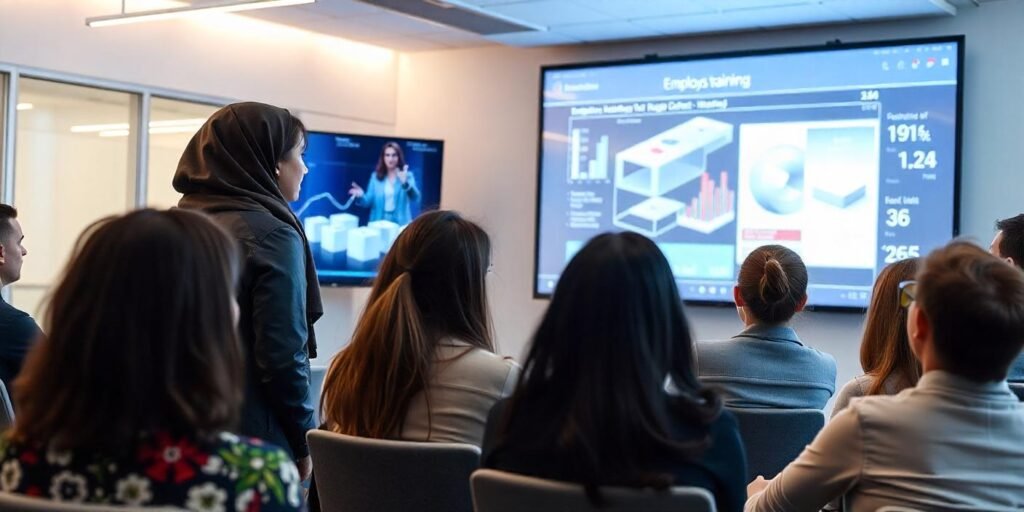
Infographics also play a crucial role in communicating HSE performance and achievements to external stakeholders, including regulatory bodies and the public. They provide a snapshot of key metrics and successes, enhancing transparency and building trust.
6. Real-Time Alerts and Notifications with Visual Communication
Real-time alerts and notifications are essential for managing health, safety, and environmental risks. Visual communication tools such as warning lights, digital displays, and mobile notifications provide immediate alerts about safety hazards, environmental breaches, and health emergencies.
Emergency notification systems like AlertMedia and Everbridge use visual signals and digital alerts to inform employees and stakeholders about critical incidents AlertMedia Notifications. These systems ensure that everyone is promptly informed and can take appropriate action to mitigate risks.
By integrating real-time alerts with visual communication, organizations can enhance their response capabilities, reduce reaction times, and improve overall safety.
7. Mobile Applications for On-the-Go HSE Management
Mobile applications are increasingly being used for HSE management, providing on-the-go access to safety protocols, environmental regulations, and health information. These apps allow employees to report hazards, access safety guidelines, and receive notifications from anywhere, enhancing compliance and safety in dynamic work environments.
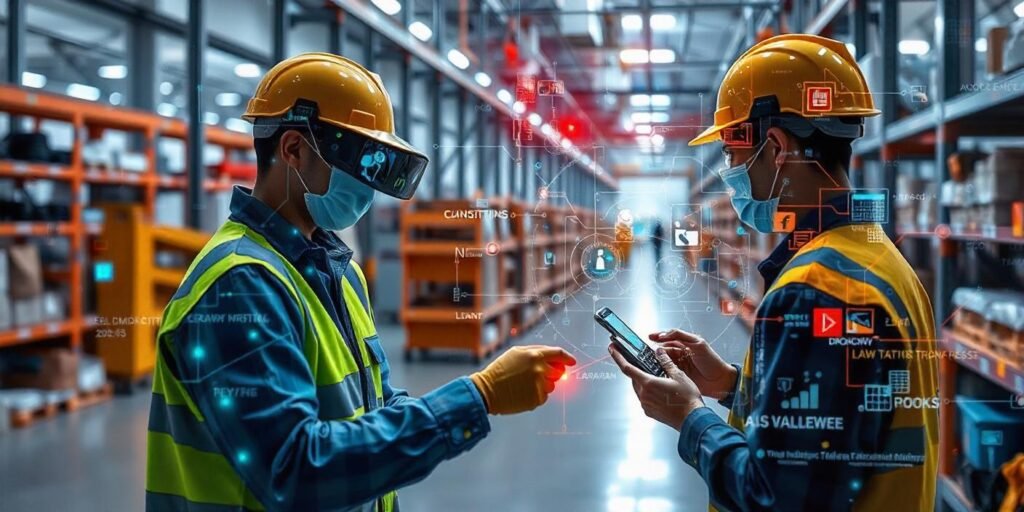
Mobile HSE apps like iAuditor and SafetyCulture offer features such as inspection checklists, incident reporting, and safety audits iAuditor HSE App. These apps streamline HSE management processes and enable real-time updates, improving safety outcomes and operational efficiency.
8. Compliance Tracking and Reporting with Visual Tools
Compliance tracking and reporting are critical aspects of HSE management. Visual tools such as compliance dashboards and interactive reports help organizations monitor their adherence to regulations, track performance, and prepare for audits.
Compliance management platforms like Comply365 and Gensuite provide visual reporting tools that simplify the tracking of safety incidents, environmental violations, and health compliance Comply365 Compliance Tools. These platforms enhance accountability, streamline reporting processes, and ensure regulatory compliance.
9. Enhancing Environmental Monitoring with Visual Communication
Environmental monitoring is a key component of HSE management, involving the assessment of air quality, water pollution, and waste management. Visual communication tools play a vital role in monitoring environmental conditions, presenting data in an easily interpretable format.

Environmental monitoring systems like AQMesh and Eon use visual dashboards and real-time data displays to track environmental parameters AQMesh Environmental Monitoring. These tools help organizations manage their environmental impact, comply with regulations, and communicate their sustainability efforts to stakeholders.
10. Visual Communication for Stakeholder Engagement and Reporting
Effective stakeholder engagement and reporting are essential for maintaining transparency and building trust. Visual communication tools such as presentations, reports, and social media graphics help organizations communicate their HSE performance, achievements, and initiatives to stakeholders.
Reporting tools like Piktochart and Venngage enable the creation of visually appealing reports that highlight key HSE metrics, performance indicators, and success stories Piktochart HSE Reports. These visuals enhance stakeholder engagement, improve communication, and support informed decision-making.
Conclusion
As we move through 2024, visual communication tools are becoming increasingly integral to enhancing Health, Safety, and Environment (HSE) practices across industries. From AR and VR training to interactive data visualizations and real-time alerts, these tools are transforming how organizations manage safety, environmental impact, and health protocols. By leveraging advanced visual communication technologies, organizations can improve safety outcomes, streamline compliance, and foster a culture of proactive risk management. As the industry continues to evolve, the role of visual communication in HSE will only become more critical, driving innovation and ensuring a safer, more sustainable future.
Explore our AR/VR in Animation articles
The Future of Virtual Reality: What 2024 Has in Store for Businesses (studioimageworks.com)
How Leading Brands Can Benefit from Virtual Reality in Marketing by 2030 – Studio Image Works
The Future of Virtual Reality in the Education Sector: A Vision for Tomorrow – Studio Image Works
Pharmaceutical Marketing: Visual Communication Trends (studioimageworks.com)


